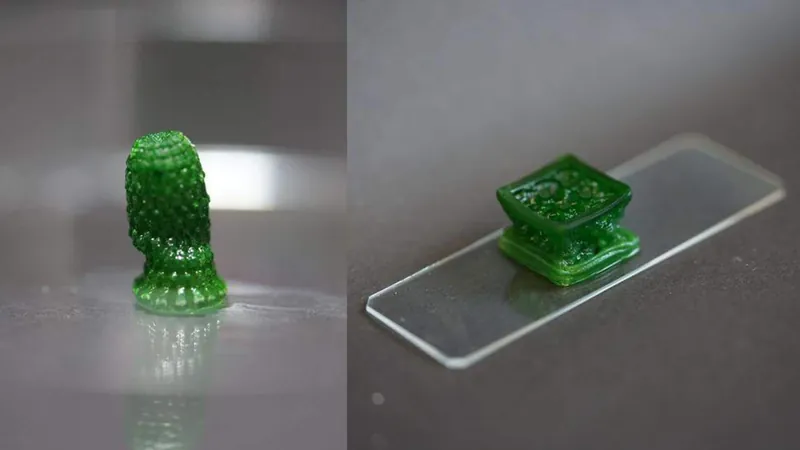
Unveiling the 9-Million-Year-Old Ancestor of the Great White Shark in Peru
2025-01-20
Author: Jacques
Exciting Discovery in the Heart of Peru
Paleontologists have recently revealed the fossil of a remarkable ancient shark, a relative of the modern great white, that swam the waters of the southern Pacific Ocean approximately 9 million years ago. This fascinating creature, known scientifically as Cosmopolitodus Hastalis, was a fearsome predator that feasted on sardines.
A Rich Location for Fossil Finds
Discovered about 235 kilometers south of Lima within the famous Pisco basin—an area celebrated for its rich deposits of ancient marine life—the nearly-complete fossil is an extraordinary find for researchers and fossil enthusiasts alike. The region, characterized by its arid desert climate, continues to yield astonishing ancient marine species, captivating the scientific community.
Impressive Characteristics of the Ancient Shark
This long-extinct shark not only had an impressive size, reaching nearly seven meters in length—comparable to a small boat—but it also boasted teeth that could grow as large as 8.9 centimeters. "The exceptional fossilization of this specimen is truly remarkable," said Cesar Augusto Chacaltana, an engineer from the Peruvian Geological and Mining Institute (INGEMMET), during the fossil presentation.
Rarity of Complete Shark Fossils
Paleontologist Mario Urbina emphasized the rarity of finding complete shark fossils globally. Fossilized remains were displayed in glass urns, with one showcasing a formidable jaw lined with razor-sharp teeth. Adding to the intrigue, researchers discovered numerous sardines preserved within the stomach of the shark, underscoring its role as a top predator in its ecosystem. At the time, anchovies hadn't yet evolved, making sardines a key component of its diet.
Peru's Rich Paleontological Heritage
This discovery adds to a growing list of extraordinary prehistoric finds in Peru. Earlier in November 2022, paleontologists presented the fossil of a youthful crocodile that roamed the region over 10 million years ago. Additionally, in April 2023, they unveiled the fossilized skull of the largest known river dolphin, which inhabited the Amazon approximately 16 million years ago.
Conclusion: A Treasure Trove of Ancient Life
With each new discovery, Peru solidifies its status as a treasure trove of ancient marine life that continues to unveil the mysteries of our planet's distant past. Stay tuned for more thrilling revelations as scientists delve deeper into the ocean's depths!









 Brasil (PT)
Brasil (PT)
 Canada (EN)
Canada (EN)
 Chile (ES)
Chile (ES)
 Česko (CS)
Česko (CS)
 대한민국 (KO)
대한민국 (KO)
 España (ES)
España (ES)
 France (FR)
France (FR)
 Hong Kong (EN)
Hong Kong (EN)
 Italia (IT)
Italia (IT)
 日本 (JA)
日本 (JA)
 Magyarország (HU)
Magyarország (HU)
 Norge (NO)
Norge (NO)
 Polska (PL)
Polska (PL)
 Schweiz (DE)
Schweiz (DE)
 Singapore (EN)
Singapore (EN)
 Sverige (SV)
Sverige (SV)
 Suomi (FI)
Suomi (FI)
 Türkiye (TR)
Türkiye (TR)
 الإمارات العربية المتحدة (AR)
الإمارات العربية المتحدة (AR)